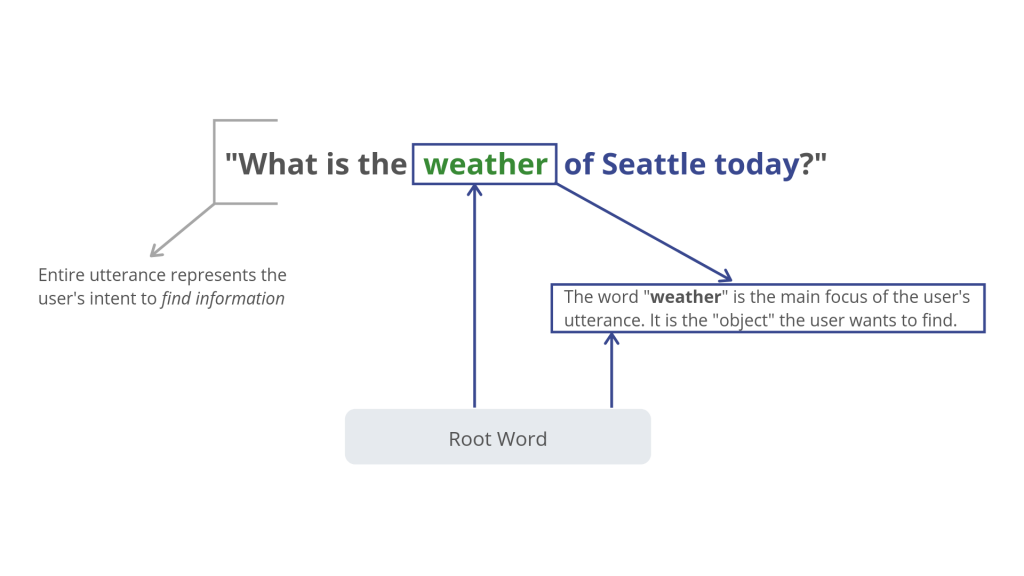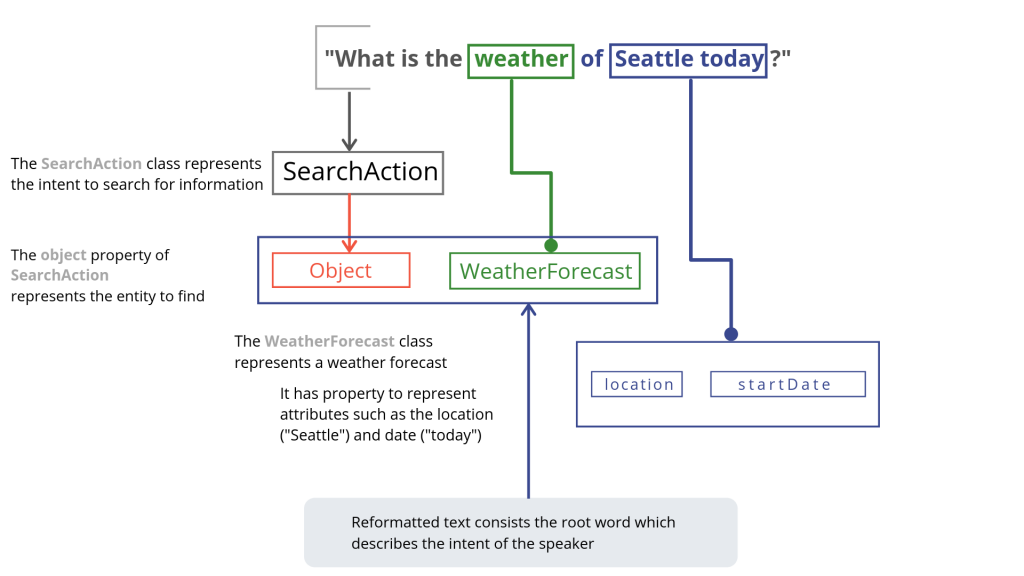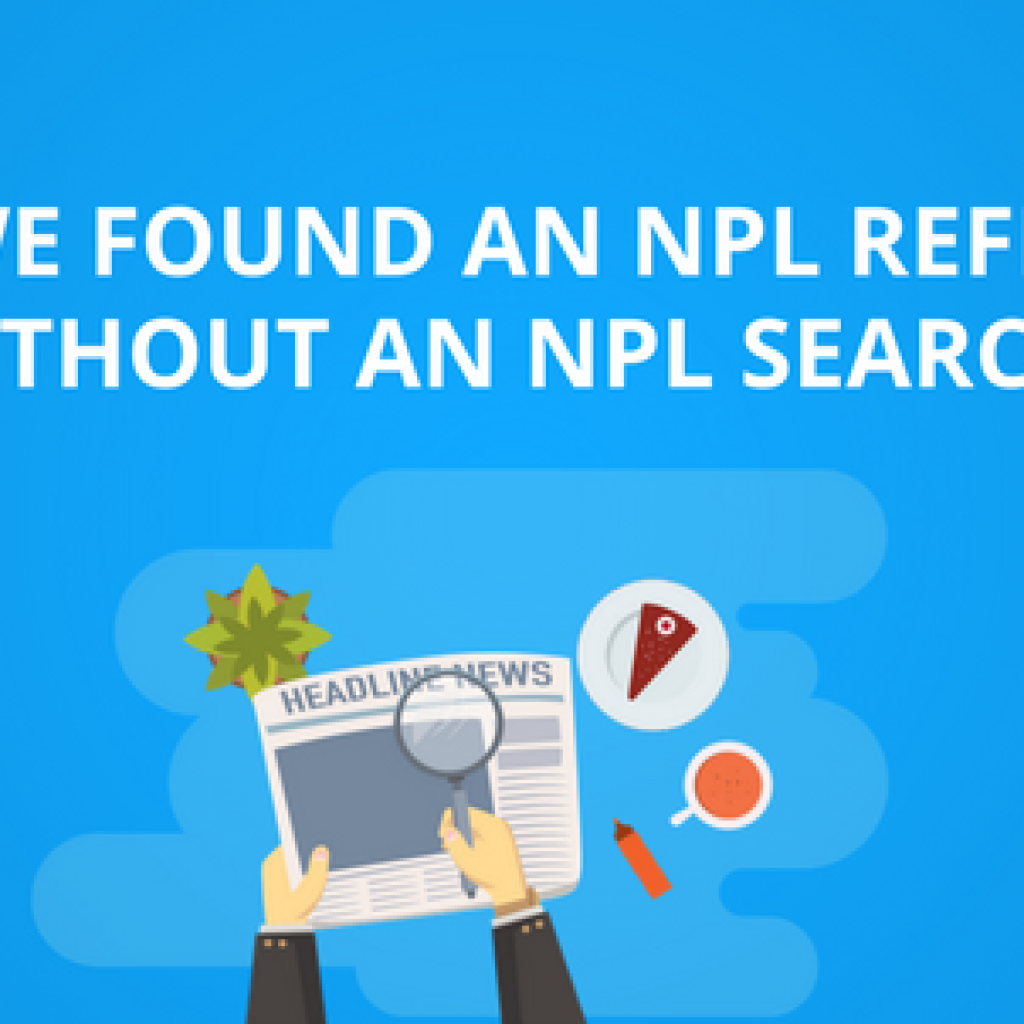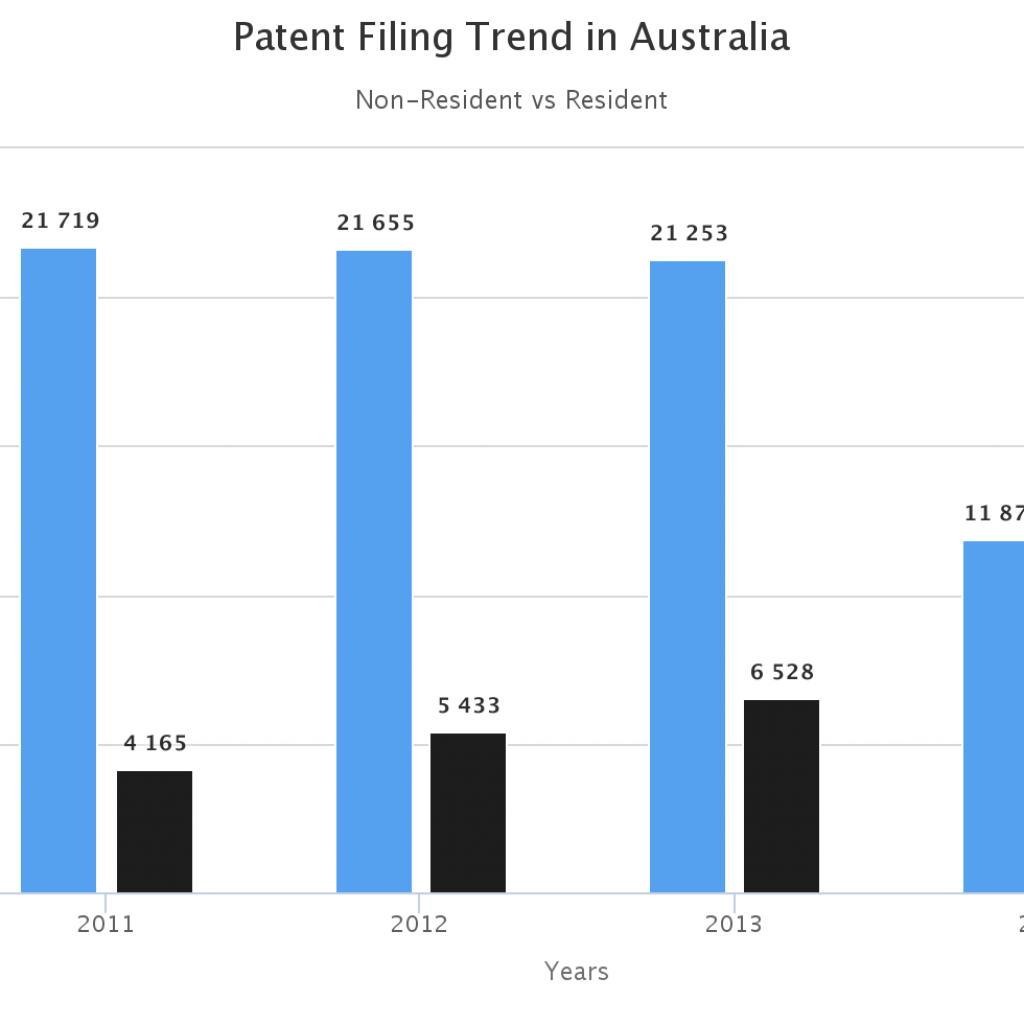Claim charts play a crucial role in litigation. The strength of mapping can become a deciding factor that could turn the balance of the game in favor of either party. However, it ought to be noted that claim charting is a manual process, which leaves the chances of human errors and resultantly, weak links. Some of these weak links are so subtle they pass even the best quality checks of the industry.
However, these weak links could be caught beforehand if one is aware of the way these links get created. Having this knowledge could help a corporate patent counsel/litigator catch them irrespective of the side they represent.
Today, in our brief time together, we will be discussing one such way that leads to a weak link, which goes by the name Incidental mapping. As the phrase suggests, it means we find evidence that confirms the overlap in certain scenarios, but there is no actual overlap of the patent on the product.
How can this happen? – You ask.
Let me share a recent case with you to help drive the point home.
In a recent project, I was conducting an infringement search and witnessed the case of “co-incidental” mapping. The patent I was working on disclosed a voice recognition technique, and I found a digital voice assistant as an overlapping product.
Let’s dive into the technical details a bit.
The Patent:
The patent discusses a technique to identify a root word from the speech. For example: if I say “Please, book a cab”, then ‘book’ should be a root word. The root word indicates the intention of the speaker. Once this root word is identified, it rephrases the old text on which actions are taken. The limitation is that the rephrased text must contain the root word.
When you understand the invention, it seems quite simple and we felt the same. We thought this patent describes the basic processing carried out by a device to understand human speech.
The Product:
If you look at the below example, you would feel that the product is exactly doing what is described in the invention. However, there is a catch – A weak link which we’ll soon discuss. Let’s first have a look at the example:

 Here we have a root word “weather” and a new phrase “Weather Forecast” that contains the root word. Seems pretty straightforward.
Here we have a root word “weather” and a new phrase “Weather Forecast” that contains the root word. Seems pretty straightforward.
Ideally, a lot of analysts would feel that the analysis is over now, and now that they have found the product, they can begin to prepare the claim chart.
However, we did not want to rely solely on this example. We wanted to find more examples and confirm that this is not coincident that a root word is being used in the actionable text phrase.
In an internal brainstorming session, we discussed and concluded that we must look for more cases or the exact code to confirm the overlap. The idea was to make a logical conclusion that can help build strong evidence by including more cases. In some tests, we even tried to prove the theory backward, if it was possible in the product.
It was a good thing that we refused to prepare the claim chart based on the above example alone because what we found next changed our perception.
The No Overlap Example
We next used this sentence to test the overlap – I want to visit Portland.
 As per the patent, the root word should be “visit”. This means that the rephrased text must contain this word. We did more research and found a code snippet of the above speech for the product. The code snippet indicated that this command is linked with “travel” intent. Hence, the word “visit” was not a part of the code or the rephrased text.
As per the patent, the root word should be “visit”. This means that the rephrased text must contain this word. We did more research and found a code snippet of the above speech for the product. The code snippet indicated that this command is linked with “travel” intent. Hence, the word “visit” was not a part of the code or the rephrased text.
{
“name”: “Travel”,
“slots”: [
{
“name”: “travelTo”,
“samples”: [
“I am taking this trip to {travelLocation}”,
]
},
This was different than what was required. We analyzed more examples, read different codes available on GitHub, which led us to conclude that the product didn’t overlap.
During our research, we also identified that user commands are mapped to different feature modules for performing a function. For example – if you want to know anything about “weather”, “Weather Forecast” module is used. If you want to know the time, then “Calendar” module is used. Similarly, for booking flights, “Travel” intent will be used.
The patent would simply overlap in cases the command consisted of words having the module name. The cases in which the command did/does not have the name of the module would not overlap. Thus, though there was overlap, there was really no overlap.
It is pretty important when you are getting a claim chart generated, such weak linkages are identified and removed. In our case, it is simply in our cultural DNA to ask a lot of questions whenever we come across mappings done by examples. If there is a ‘Yes’ case, we tend to look for ‘No’ cases as well. It helps us bring issues sitting in blindsight to come in the limelight.
Imbibing this practice while getting claim charts generated/reviewed could save you a ton of efforts and resources in the near future. Add this tip to your little book of patent strategies. It can be of great help in the right situations.
Action Points:
- One good way to avoid coincidental mapping is being aware of it, and looking for the clues if it exists in a claim charting report.
- Another good way is not to conclude a report on the basis of one example, which seems like a good overlap. You must go for multiple examples, understand the process behind each example, and then conclude.
Authored by: Priya Sinha, Research Analyst, Infringement with inputs from Muzammil Hassan, Manager, Infringement.










